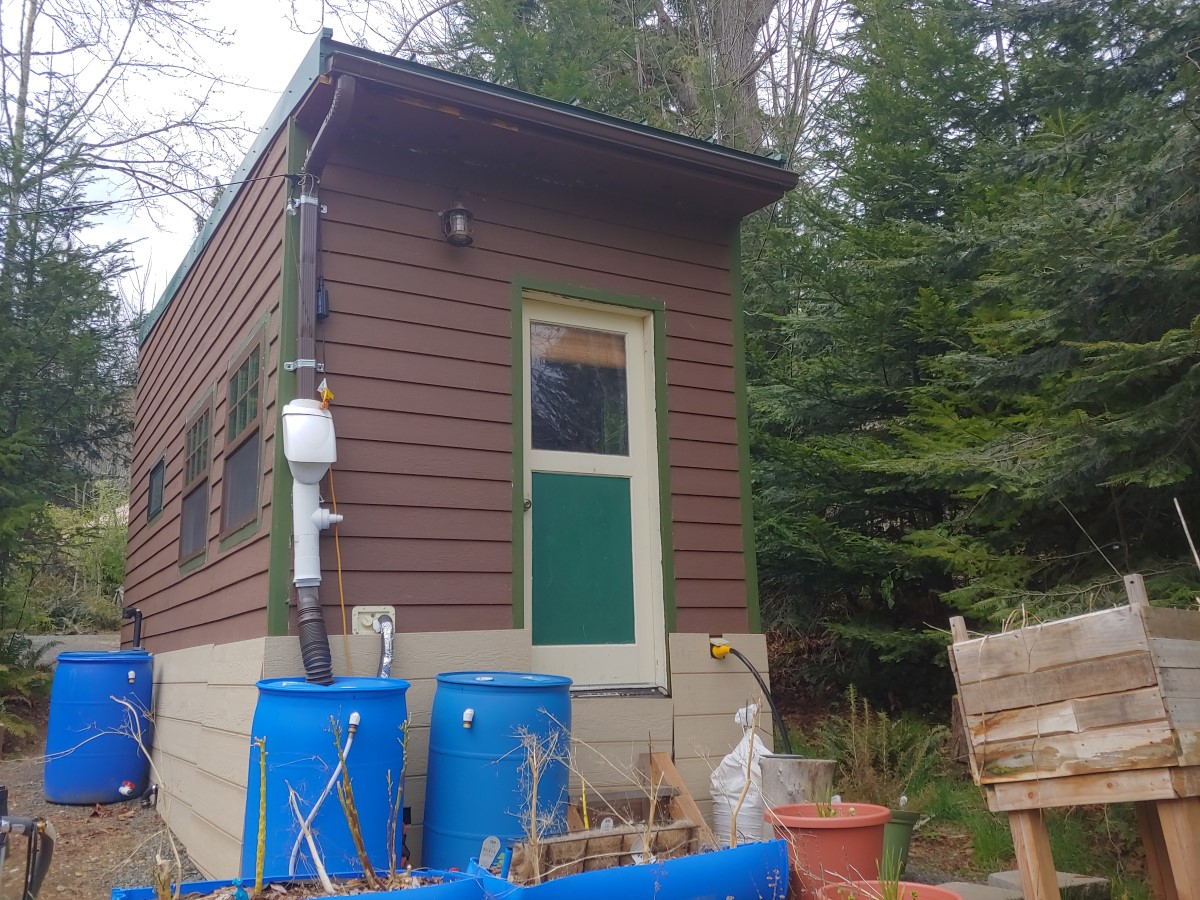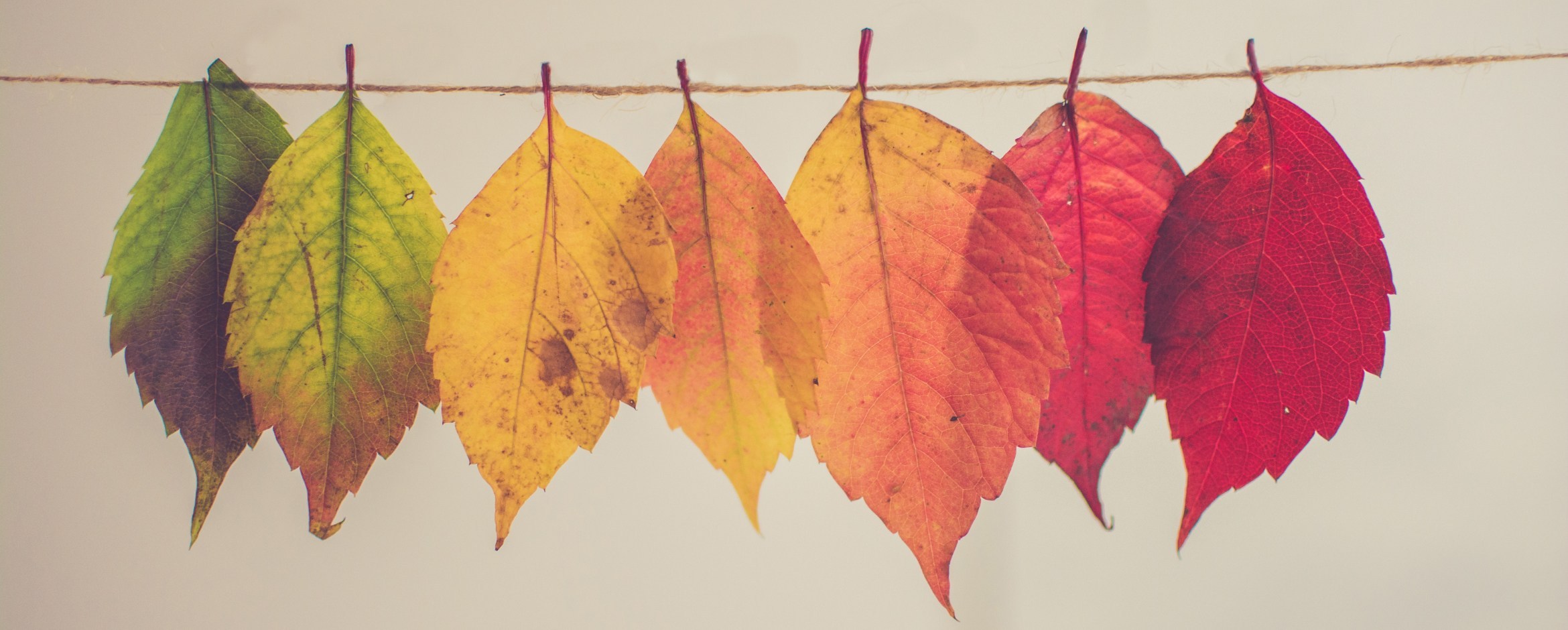Our soil is going through some rough times.
Is there anything that can help turn this all around?
Sure, you could start growing your own food through hydroponic or aquaponic means that doesn’t require you to till and pollute the soil of the earth.
However, this doesn’t really help the earth to get back on the healing track for its soil.
What the planet really needs is for us to give back some healthy soil so that ecosystems can start regrowing where we have completely decimated in the name of large scale agriculture.
One way to do this, poop in a bucket.
How Do You Poo?
First off, why the hell do you want to poop in a bucket?
Each flush from a standard toilet uses 3.5 gallons of “drinkable” water from your municipality. The water in the toilet is no different than what comes from your tap.
Just depends on how gross your toilet bowl is.
Pretty big waste of usable water just to move your poo down the sewers.
You might think, so what? It’s just water, it’s supposed to be full of sewage at some point right?
Instead of polluting usable water, how about we make soil?
The magical equation of nature is: dead things + poo + time = amazingly fertile soil.
This is why I poop in a bucket.
Now nature takes a long time to do this with things sitting around waiting to be smashed into the ground and broken down by bacteria and water.
Even with human intervention, this will take some time. The whole process can range from 6 months to 2 years depending on how early you trust the decomposition of material in your compost pile.
Basically, if it smells really bad, add more carbon material (dead leaves, hay, straw, weeds, sawdust (non-pressure treated!), etc.) and let it sit longer.
If you want the real nitty gritty scientific studies, real world details, best practices and enough information on this to make you rethink all of your life decisions, get the Humanure Handbook. The 4th edition is going to be released on May 6th if you want the more up-to-date version.
Basically when you poop in a bucket you want to cover that poop. Preferably by something that makes it not smell horrid and can start it on its decomposition process.
The route I chose to go when finding a suitable cover material was coconut coir, the outer husks of coconut shells. This stuff is ridiculously absorbent and is pretty easy to track down.
Downside to this stuff is that you have to add a little bit of water to it initially so you can break it down into a dry version of what it really should be if using it in the garden. This is so it can actually absorb the liquid stuff from your smelly business (the smell comes from evaporation anyway, so let the coir catch it for you). The initial breakdown time of the coir bricks into usable cover material can also take quite a bit of time to do. So this isn’t the route for everyone.
If a sawmill is near you, get their sawdust from the raw cuts of timber. Never use sawdust that came from any kind of treated wood. The chemicals from the treated/glued(ply) wood can’t be taken care of by compost and are hazardous to plant life.
Things you shouldn’t use in the toilet bucket are leaves, hay/straw or peat moss.
Leaves and hay/straw mainly because they won’t absorb the liquid well and won’t help the composting process the way you want them to in the toilet bucket. By all means use that stuff in the outside compost pile though.
Peat moss mainly because the way it is being harvested isn’t exactly the most environmentally friendly since you have to literally kill an ecosystem to get it.
Finally, for the love of all that is holy, don’t use kitty litter.
People have done this.
Kitty litter doesn’t compost like the other things, has potentially harmful chemicals (for compost/plant life) depending on the brand you buy and really just adds things back into a landfill that should never be there in the first place.
Side-note: you can compost pet poop.
Additional precaution should be taken though. Both dogs and cats have parasites that can persist in the heat of a normal compost pile. If you really want to do this, put the animal waste into its own compost bin with plenty of carbon material. A ratio of 30:1 is typically ideal (30 = carbon material (saw dust,etc.) 1 = nitrogen material (the poo)). Make sure to monitor this compost pile with a thermometer (as you should any compost pile) to verify that it reaches 165 degrees Fahrenheit for at least six weeks. Let it age longer if you want to use it on any edible plants, preferably the year to two year mark.
The full system that I use is a variant of this Bucket-to-Barrel system.
This is simply because I don’t have an actual yard to compost in since I’m in a private parking area.
All of this compost is being used in my own planters without edible plants in them. So far the couple of plants that I have that are utilizing some of the aged compost are doing quite well and have had other sprouts pop up within the aged compost in the pots that I did not seed.
Within the Humanure Handbook are plenty of suggestions for compost pile setups and you can always track things down in a basic Google search.
In the end it’s really whatever kind of setup works best for your location and what you are ultimately wanting to do with the compost.
Final note on this compost stuff. If you do want to use this for edible plants you’re going to want to age the compost closer to 2 years. The sooner you try to use the compost the higher the risk of any kind of pathogens or parasites still being in that compost.
If you’re not using it on edible plants let it age at least 6 months before using.
All this poop talk is great and all, but are we putting pee in here too?
Do we need to separate the shit from the piss?
Peepee and Greywater
There are two philosophies here. Separate the pee from the poo or let it get combined with it. Neither one is “wrong” just a matter of how you want to deal with everything.
Mr. Jenkins (author of Humanure Hanbook) says that combining the pee and poo is a no brainer since the pee helps to balance out nitrogen levels.
However almost every commercial composting toilet separates it.
What gives?
Jenkins is correct that you will be totally fine in combining the two. Compost piles need water in order to do their job effectively. The only thing is how often you want to empty your toilet.
If you do just pee in the same bucket expect to be filling up your compost pile a lot faster than if you separated. At least twice as fast if not more.
The space that you allocated to the compost pile will dictate this.
If you do decide to separate just remember to add water to the compost pile to keep the process going. Not a ton of water is needed, just as long as you can dampen the entire pile. Once the entire pile goes dry, nothing is happening and the pile is no longer composting.
Lets say you bought one of these space age composting toilets that separate. The fuck do you do with a jug full of piss?
First, dilute the urine. A ratio of 20 parts water to 1 part urine makes it safe to use on plant life since the nitrogen levels in the urine aren’t at burn/kill levels for the plant anymore. Make sure to pour on the soil, not the plant itself.
If you want a few more silly suggestions on how to use urine check out this list of “life hacks”. Be warned that some of these suggestions might creep you out at first, but remember, we are the only animals on the planet that take our bodily wastes away from nature. Nature has obviously developed ways to use our bodily waste. We just forgot how to do it effectively.
Finally we will touch on greywater.
Greywater is basically the waste water from your sinks, showers and laundry. As long as you are using nature friendly cleaners and soaps this greywater can be irrigated back into your garden.
If you want some more in-depth and scientific information on greywater systems you can build yourself check out Oasis Design. They have an amazing book to help you get your head around all of this. Along with another book if you want to take this to a serious building standard.
Since you have this awesome jug full of urine and already have a greywater system setup, you can just funnel the urine right into the greywater system to help with restoring the soil.
Since it’s combined with a ton of water from all of the other sources the urine should be sufficiently diluted not to harm any plants and help enrich the soil.
Though if you are going into a greywater tank, and not some variation of a French Drain, make sure to empty the tank within 24 hours so that the nutrients from your soaps, dirt and urine don’t completely decompose and the greywater ends up not doing much for your garden.
Now that was a lot of information about handling super gross things.
Remember though, nature doesn’t see it as gross, it sees it as necessary to sustain life on this planet.
Now go, poop in a bucket…and save the world.
Want to know ways to help rebuild the environment intentionally and live like a total badass? Check out Don’t go Live in the Forest, Bring the Forest to You (Upcoming article).








Leave A Comment
You must be logged in to post a comment.